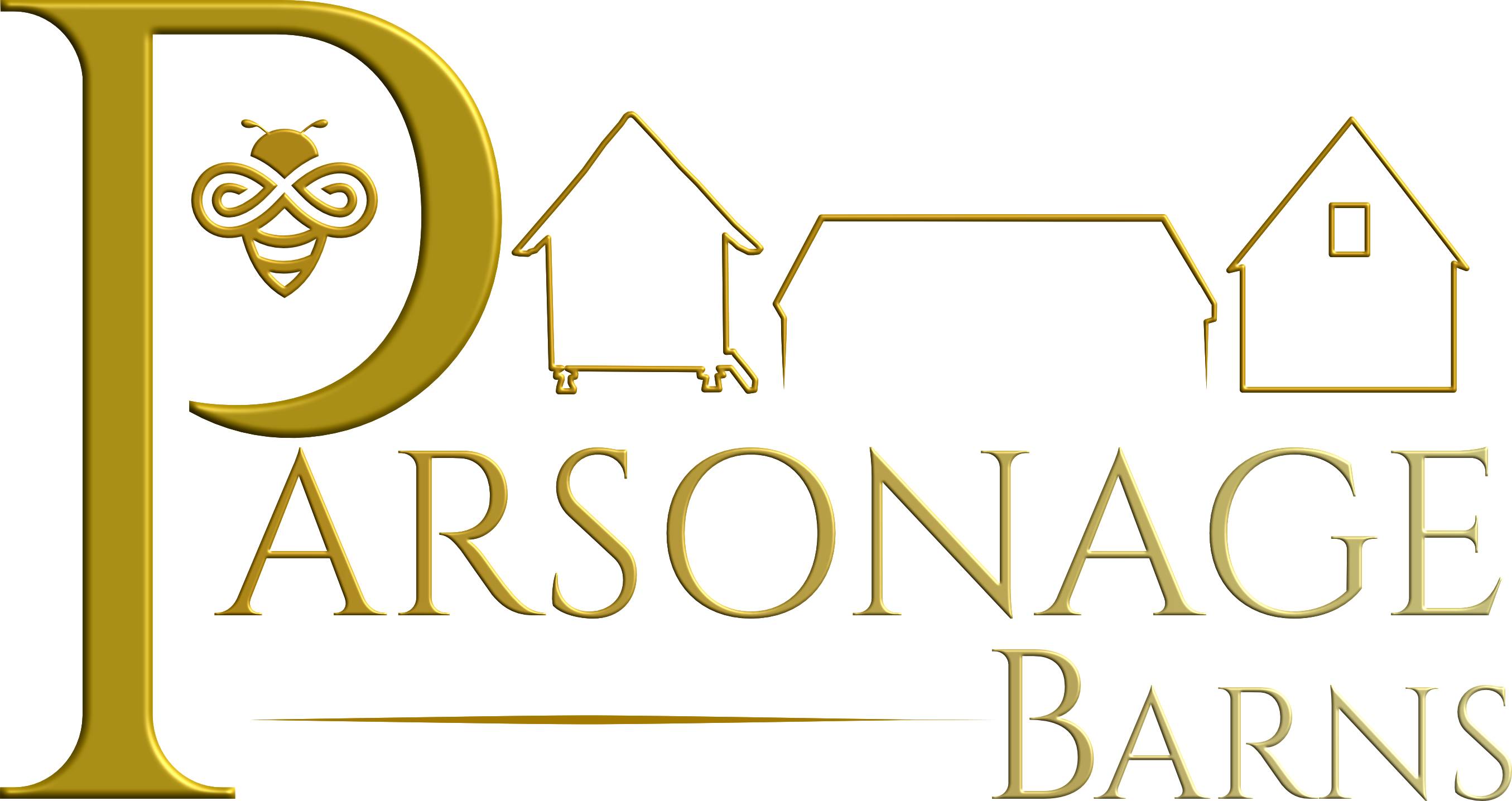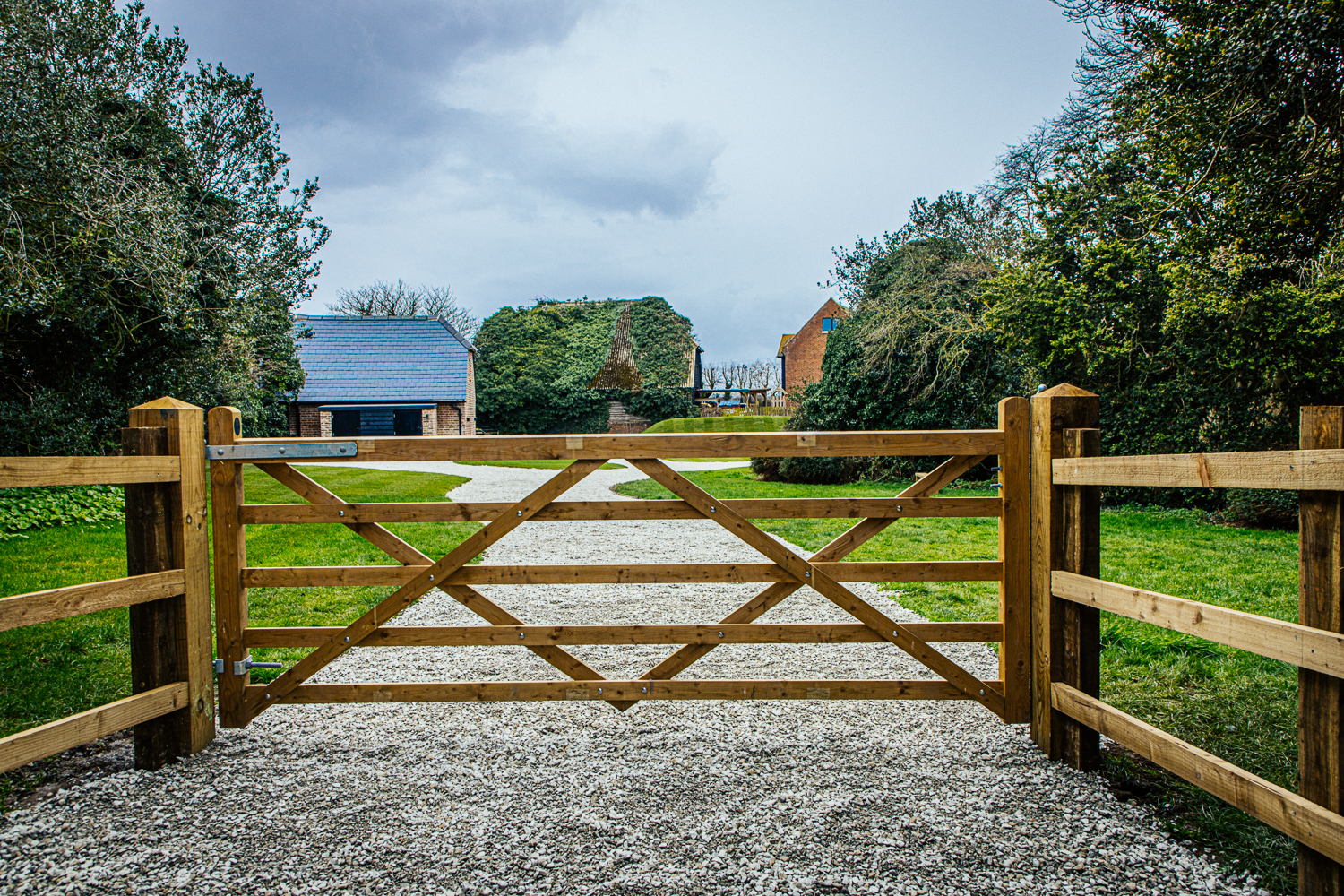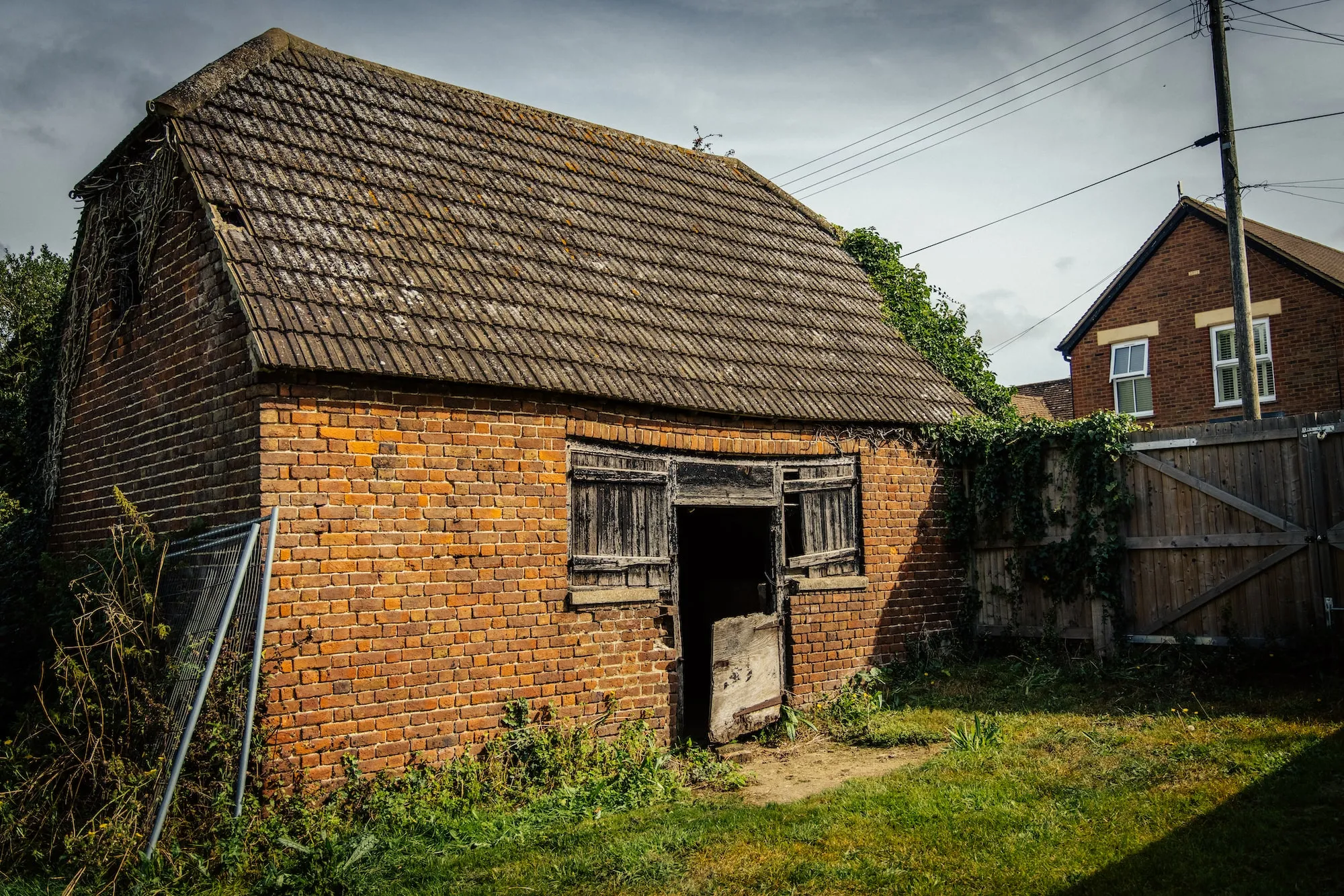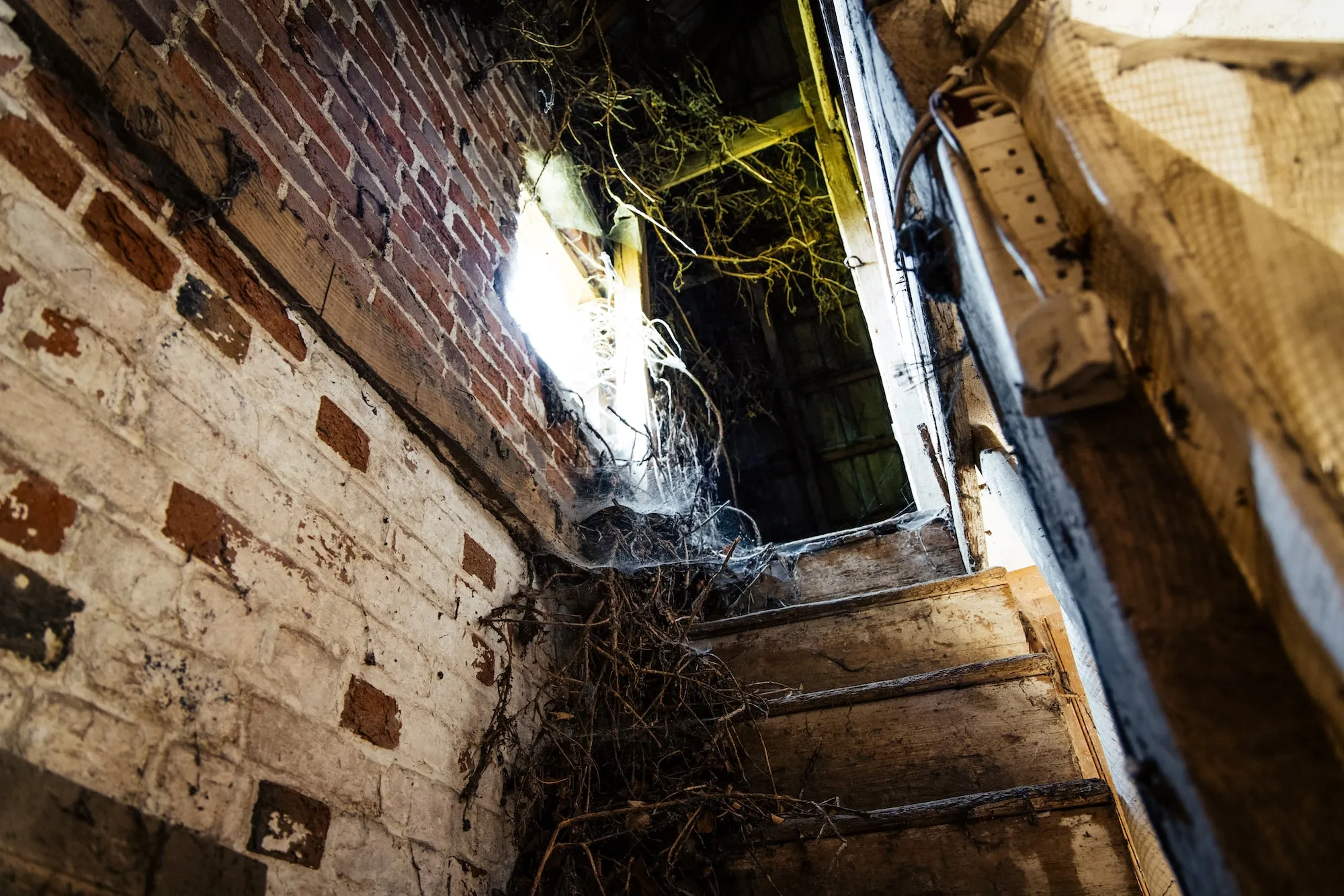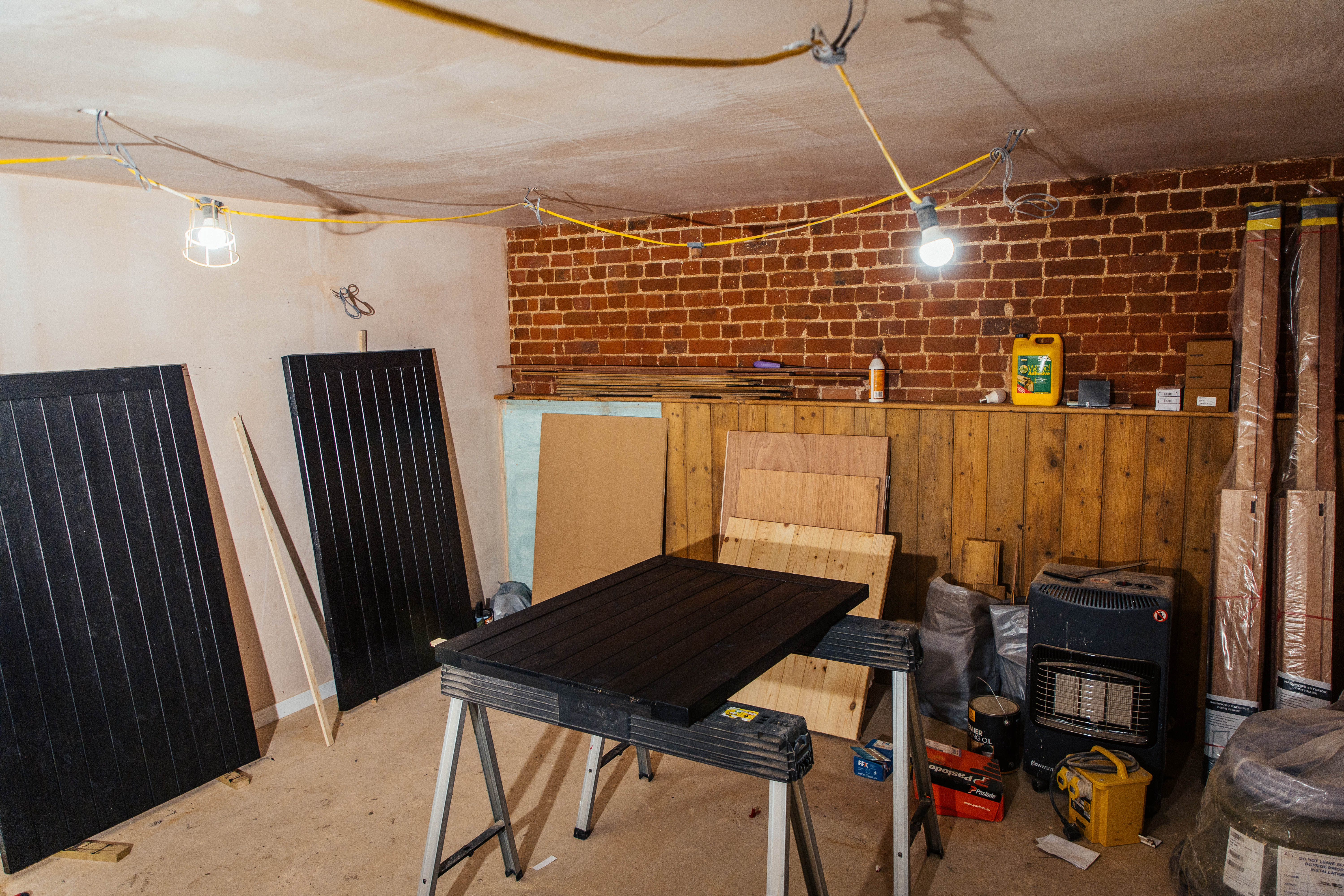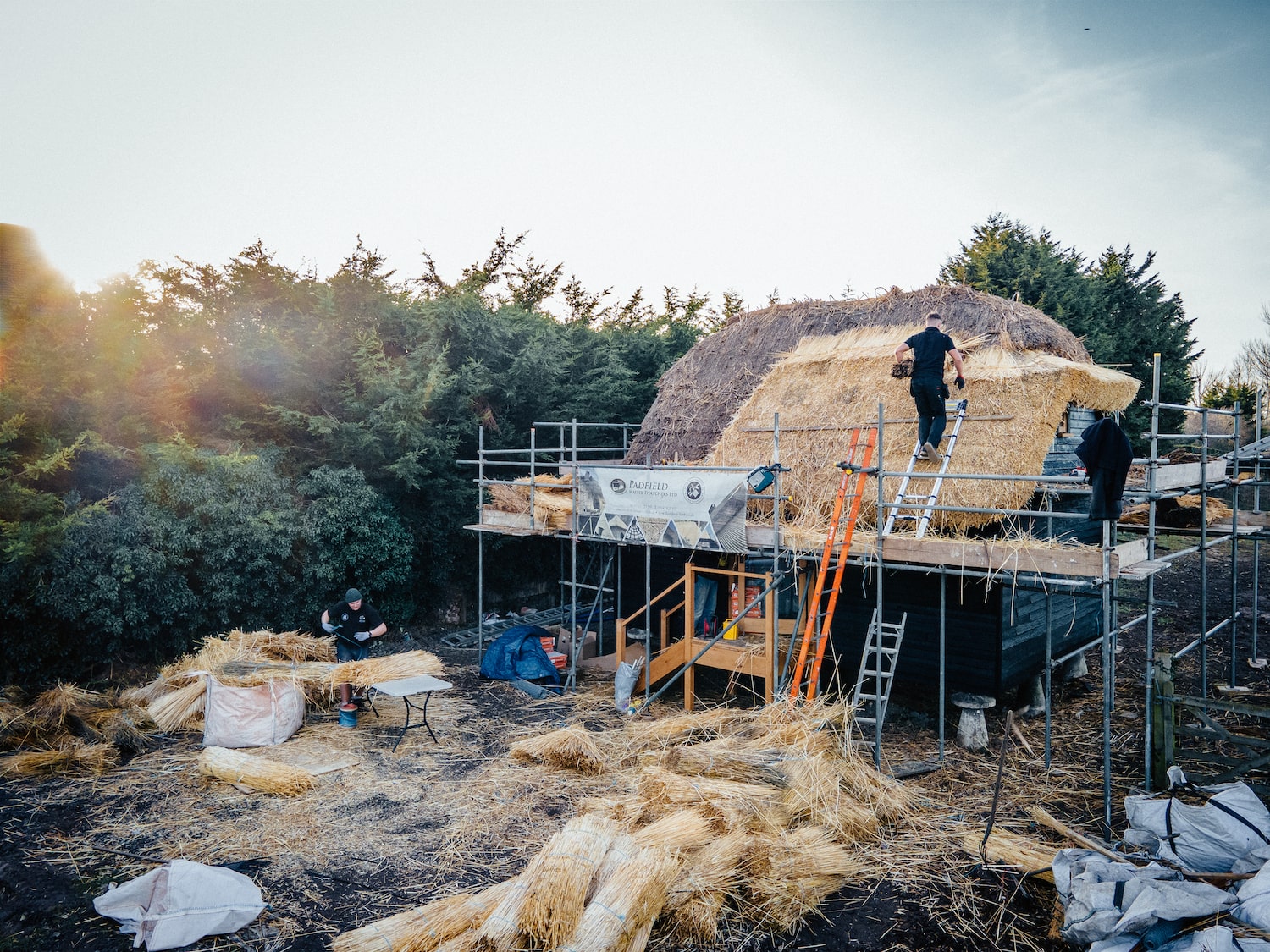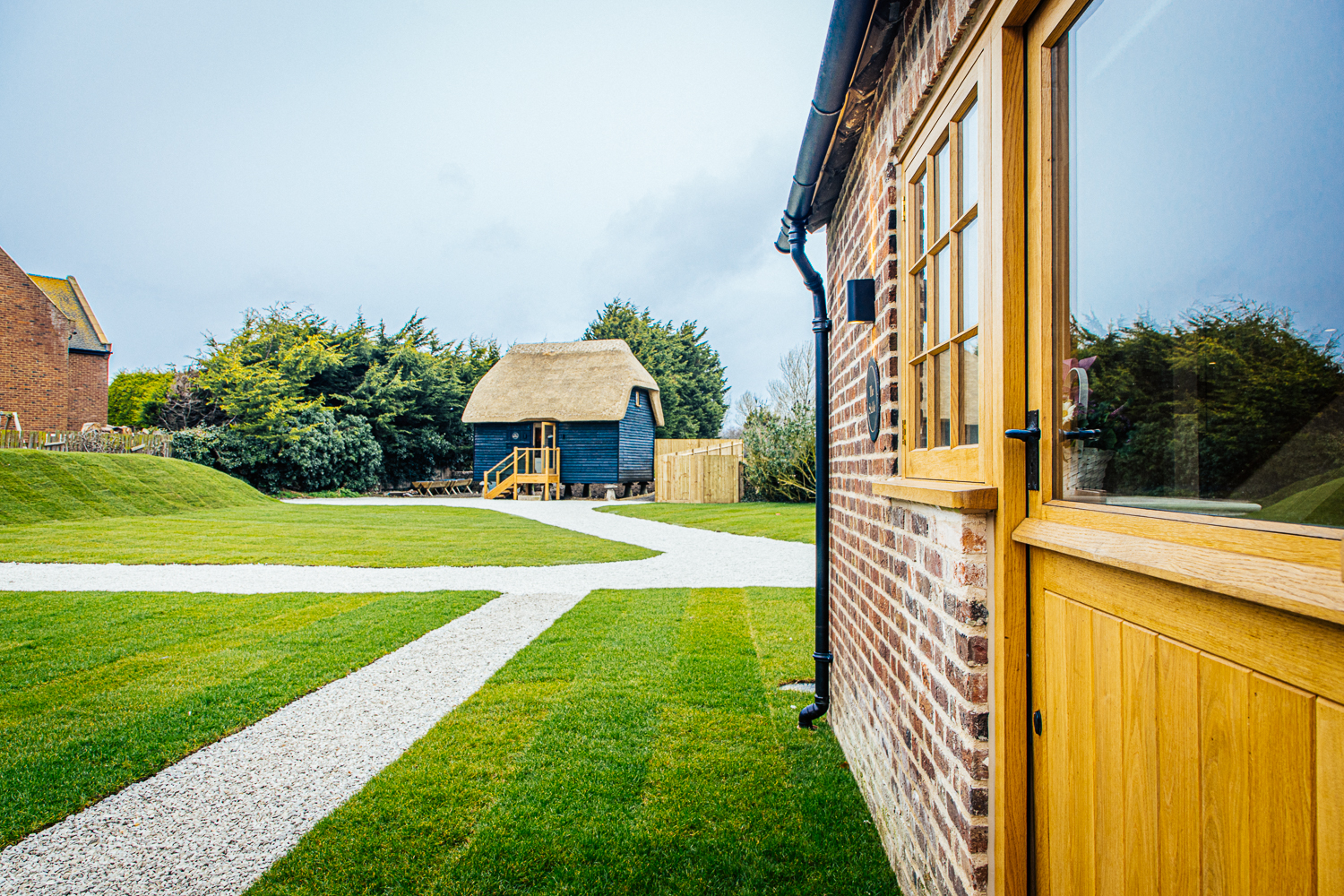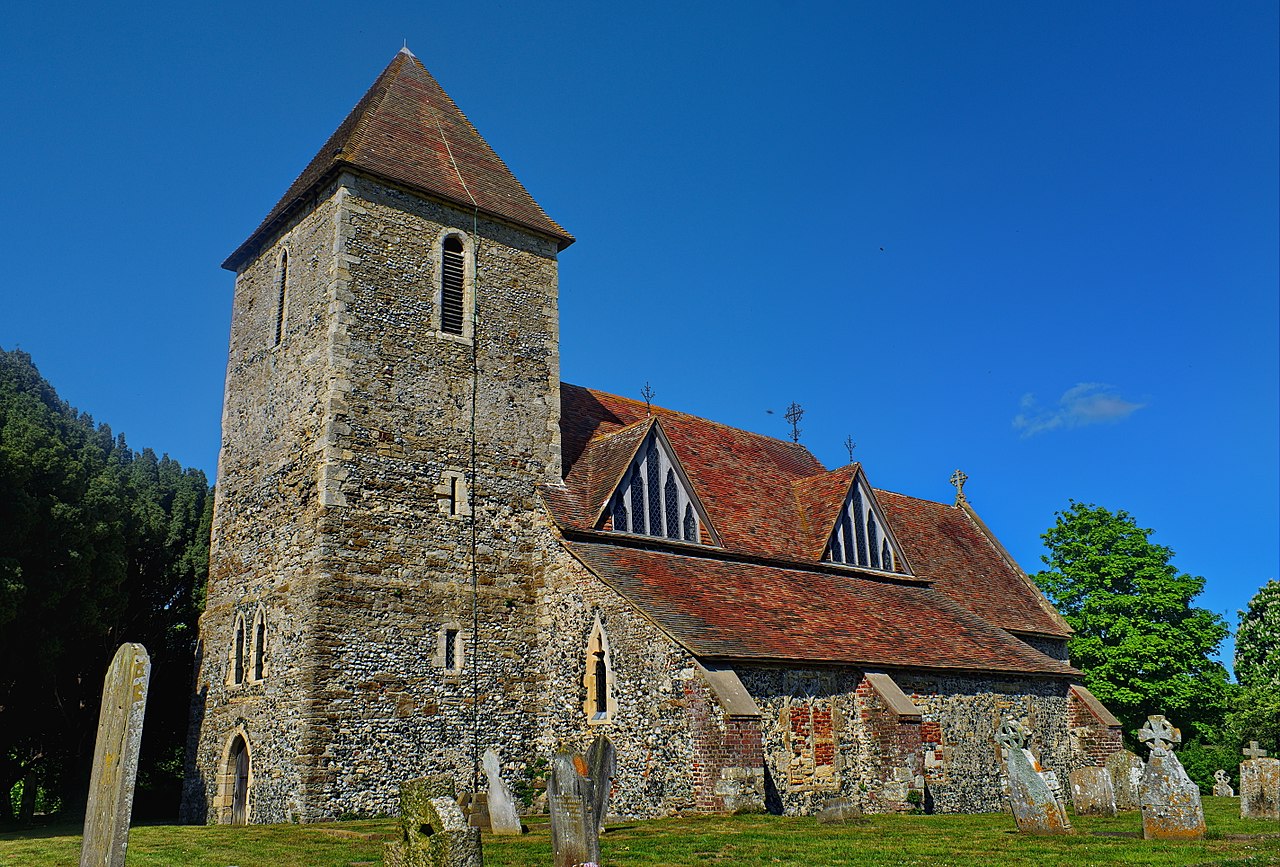What our customers say
All Reviews
4.9
Airbnb (The Stable)
Airbnb (The Granary)
Tripadvisor
5.0
Booking.com (The Granary)
9.7
Booking.com (The Stable)
10.0
Vrbo (The Granary)
Vrbo (The Stable)
Overall Rating
4.9
Jesse
3 days ago
10
Great hosts in lovely clean and nice accommodation with a lot of character.
😀 - The accommodation was all we needed. Very calm environment and nice calm places to visit. The hosts were simply lovely. Nice place for our dog in and outside.
Read more
Posted on
Booking.com
Gareth
April 14
10
An excellent stay in an ex-donkey stable that had been refurbished to an exceptional high standard.
😀 - Welcome pack provided , which was both excellent and comprehensive. The property was one of the best we have stayed in for years with the owner seeking to provide a facility that would meet your every need 😞 - Entry and exit from the property was a bit tricky due to narrow roads.
Read more
Posted on
Booking.com
Penny
March 10
10
A great little find!
😀 - The Granary was very clean and is very well appointed - everything you could possibly need. The owner has made really good use of the space - although small, it did not feel cramped. We really appreciated the very generous 'welcome basket'. 😞 - We found the oven over-complicated. A simple, A4 basic instruction sheet would be helpful!
Read more
Posted on
Booking.com
Tim
March 5
10
Exceptional
😀 - Very Clean 😞 - None
Posted on
Booking.com
Paul
February 20
10
Exceptional
😀 - It was an absolute pleasure staying at the Granary.The accomodation is first class , extremely comfortable and very well equipped. Lovely hosts too! Highly recommended. 😞 - None
Read more
Posted on
Booking.com
France
February 20
9.0
Superb
There are no comments available for this review.
Posted on
Booking.com
Joanne
February 4
10
Exceptional
There are no comments available for this review.
Posted on
Booking.com
Barbara
January 21
10
Exceptional
There are no comments available for this review.
Posted on
Booking.com
Julia
December 31, 2024
10
Warm and relaxing, a great way to spend Christmas!
😀 - The Stable has been very tastefully decorated, to a high specification. The decoration, neutral creamy shades, ( although a bit scarey with a dog , in winter), gave a luxurious feel, and gave a feeling of spacious living. Nice features as in the alcoves in the bedroom, and the original wall make it interesting, and of course, Nellie loved the viewing window. The beautiful illuminated deer, and the lighting outside. The dog waste bin 👍 😞 - There wasn’t anything
Read more
Posted on
Booking.com
Nichola
December 29, 2024
10
Hosts welcoming pack was amazing and even left us a Christmas present on Xmas day
😀 - Location was brilliant, hosts were amazing nothing is to much trouble really lovely couple 😞 - Nothing it was brilliant
Read more
Posted on
Booking.com
